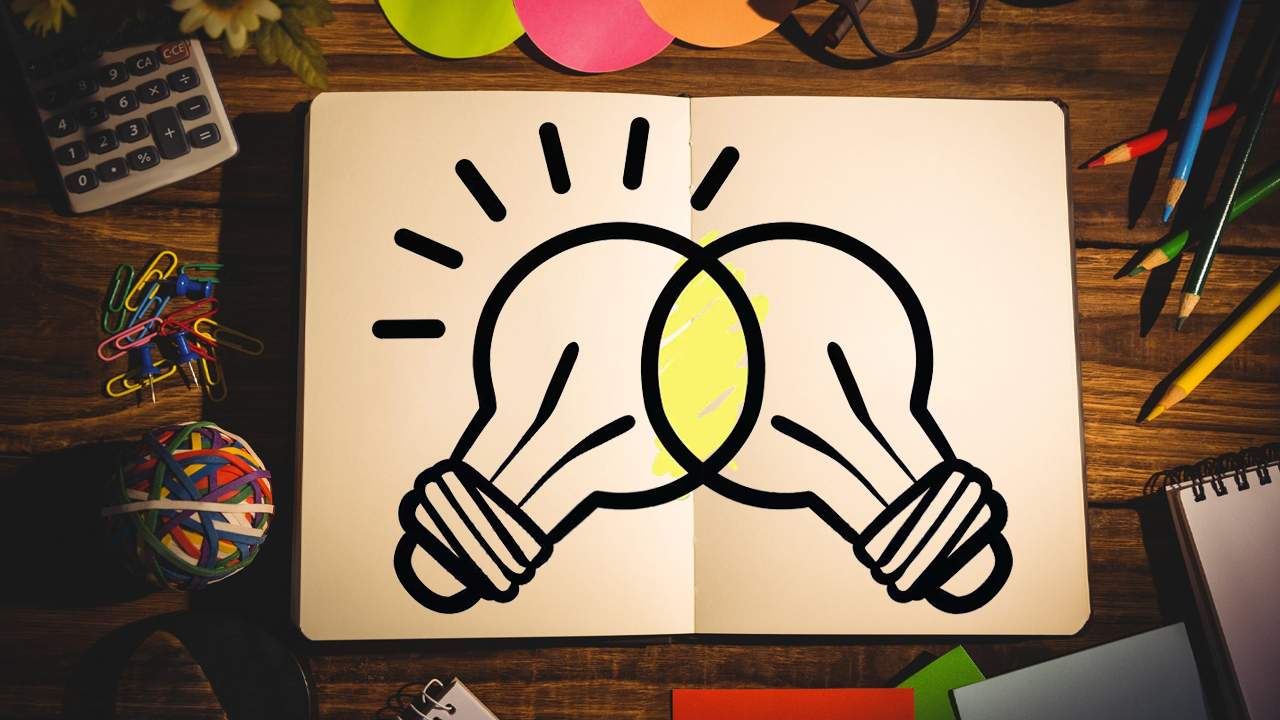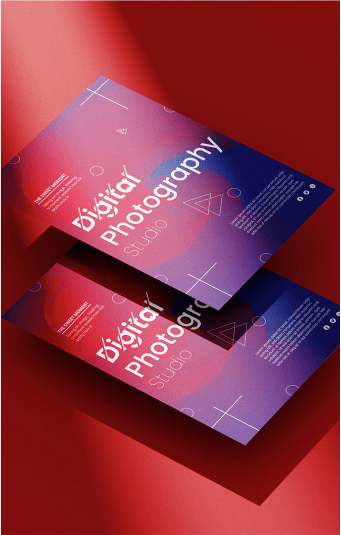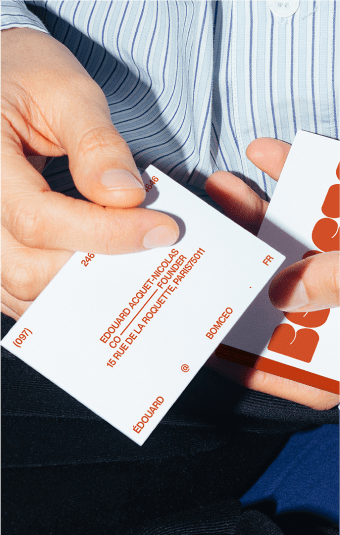As a brand or business, having an effective logo design is essential to set you apart and make an impact on your audience. The logo design needs to be unique and recognizable enough that it distinguishes your brand from your competitors while also effectively communicating what values you stand for. Finding the right logo design style that balances these goals can be a difficult task – which is why we’re here to help! In this blog post, we’re exploring different logo design styles to help you determine which is right for your brand. From minimal logos to intricate illustrations, understanding the differences between them will give you plenty of options as you create (or update) the perfect logo for your business.
Understand the Different Types of Logo Design Styles
Logo design is an essential part of the branding and crafting a logo requires careful consideration. To achieve the desired impact, different logo design styles can be implemented. For example, a minimalist logo design typically features simple shapes and lines, often using one color or having a subtly implied three-dimensional effect. It’s perfect for companies that want to portray efficiency and sophistication in their logo identity. On the other hand, modern logo designs usually highlight current trends like bold typography and flat graphics, often accompanied by gradients or cosmic backgrounds. For brands wanting to associate themselves with innovation and immediacy, a modern logo could be the right choice. Creative logos use non-traditional elements such as animation, geometric figures, and optical illusions to signal playfulness or make an eye-catching statement. Ultimately, choosing between logo design styles should come down to understanding the purpose of the logo and building toward establishing a brand identity that resonates with its target audience.
a) Minimalist
Minimalist logo design has become a popular choice among logos in recent years; it emphasizes simplicity and minimal detail, often featuring a single, basic shape or one word. The best minimalist designs use colors and shapes to express the brand message clearly with as few elements as possible – allowing the reader to not be distracted by unnecessary details. A successful minimalist logo should also be scalable and easy to reproduce across different media platforms with minor adjustments, so the company’s brand recognition remains consistent across all channels. Understanding how to create a minimalist design for your brand is essential for making sure that your logo applies well to any situation you require it for.
b) Typography-Based
When it comes to creating memorable and distinctive logos, typography-based logo design is a great option for businesses to consider. The use of typefaces can help organizations achieve a unique visual identity that stands out from the crowd. To create a typography-based logo, graphic designers select one or two fonts to represent the business and then pair them with other design elements – such as color, shapes, and size – to create balance and contrast. With this style, the type should always remain straightforward and well-organized while still incorporating elements of creativity. By understanding the underlying principles of typographic design, companies can ensure that their logos communicate with powerful precision what their brand has to offer.
c) Abstract
The abstract logo design style is a versatile and often underappreciated method of graphic design that is perfect for young, trendy businesses and creative individuals. It involves the use of shapes, symbols, and colors to create graphical metaphors that convey a company’s story, values, or ideas without relying solely on words. This dynamic approach can create an innovative and memorable visual identity that serves to both engage customers and differentiate itself from the competition. To achieve this unique form of logo design, first consider the mission or idea behind a brand before seeking inspiration from art and design around you – this will help narrow the selection when choosing elements like fonts, shapes, or colors. With time and dedication, it’s possible to craft an abstract logo design whose beauty speaks for itself!
d) Symbol/Icon Based
Icon or symbol-based logo design styles are a great way to create an eye-catching brand image. This style is especially popular in the tech industry, as it allows brands to stand out and be uniquely associated with a specific icon. Icon designs can incorporate abstract shapes, characters, animals, simple illustrations, gradients, and even shapes of letters. One of the benefits of this style of logo is that it can communicate an idea or meaning in just one glance. Furthermore, since these icons do not contain words, they can be easily recognized across multiple languages – making them ideal for global brands. When designing an icon-based logo, it’s important to choose an image that fits the brand’s personality while remaining unique and timeless.
Identify Your Brand’s Personality and Target Audience
Identifying your brand’s personality and target audience is an essential step in custom logo design. Whether you are working with a professional designer or creating a logo on your own, understanding how to communicate the values of your business is key for any successful logo. To discover your brand’s personality and target audience, consider factors such as defining the purpose of your brand and researching current trends to create an engaging custom design that will appeal to the appropriate audience. With some trial and error, you can find a custom logo design that fully reflects the core values of your brand.
Research Popular Logos in Your Industry for Inspiration
When preparing to create or update a logo for your brand, it is beneficial to do your research. Take some time to explore popular logos in your industry that you find particularly impactful and inspirational. Pay attention to their color schemes and how they come across visually – notice the differences between sleek, modern logos versus classic ones. As you review the logos, think of how both the core elements and surrounding details can lead to a successful design. Consider how the chosen logo will look on printed and digital materials, as well as what message it conveys about the brand. This research can help you capture an essence that resonates with your target audience and informs future branding decisions.
Brainstorm Ideas for Your Logo Design
Brainstorming ideas for a logo design is an exciting challenge. It helps to narrow down the process by asking yourself key questions about your business goals and values. First, consider the unique elements of your business that need to be showcased in a logo. This can include colors, shapes, fonts, or even symbols. Next, decide if there are any words or phrases that should be represented visually – ones that people would use to refer to or easily recognize your brand. Finally, think of how the overall look and feel of the logo can match these elements while also representing you and your business in a creative way. Through careful exploration of all aspects of your business, you will soon find yourself with great ideas for a logo design that defines its own story and stands out from others.
Choose Colors That Represent Your Brand
When choosing colors to represent your brand, consider how you want to make people feel. Think of adjectives that best describe your business and try to find colors that embody those qualities. For example, if you are targeting a professional, high-end market then lean towards classic colors such as blues, blacks, and whites; whereas for something modern and creative the sky’s the limit in terms of more daring color combinations. Also, think about contrast – light colors against dark or vice versa – as this can create a visually interesting effect. But always simplify; more than likely one or two striking colors will represent your brand better than an amalgamation of many of them. Do not forget that color is an integral part of any brand identity, so choose wisely and it will pay in the future.
Create a Rough Draft and Get Feedback from Others
When it comes to designing a logo for your business, creating a rough draft and getting feedback from others can be beneficial. This initial draft can help you to brainstorm ideas and ensure any creative inspiration remains intact. Once the draft has been created, it’s important to solicit feedback from colleagues and customers, as they may have valuable insight into what works best visually and conceptually. Doing this early on in the design process can help you to prevent costly mistakes such as overlooking minor details that may have a profound effect overall on the success of the logo. Remember, taking the time and effort to get input on your draft will ultimately help you create the perfect logo for your business.

Conclusion
In conclusion, designing an effective logo requires research and brainstorming. After understanding the different types of logo design styles, assess your brand’s personality and identify your target audience. Go further to research popular logos in your industry for inspiration when creating a logo for yourself. Brainstorm ideas and choose preferred colors that represent your brand – it’s important to consider the feelings associated with certain colors when making this decision. Lastly, once you have a rough draft, don’t forget to get feedback from others who can provide helpful insights. Designing a logo may seem daunting at first, but as long as you steadily progress through each step keeping key tips in mind along the way, you’ll be sure to see success in the end.








